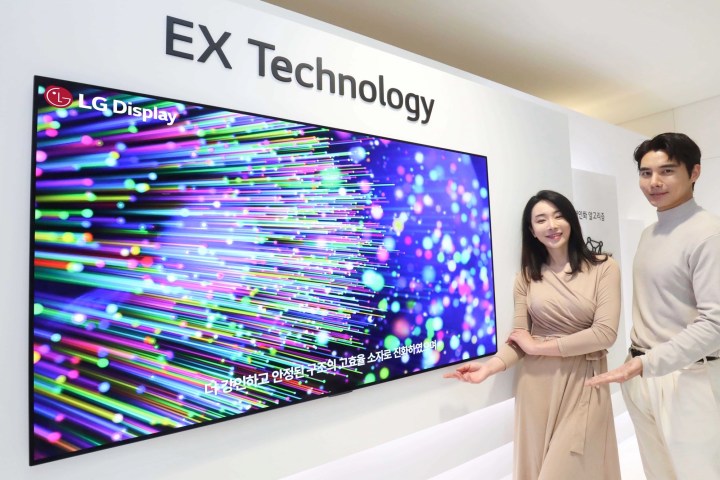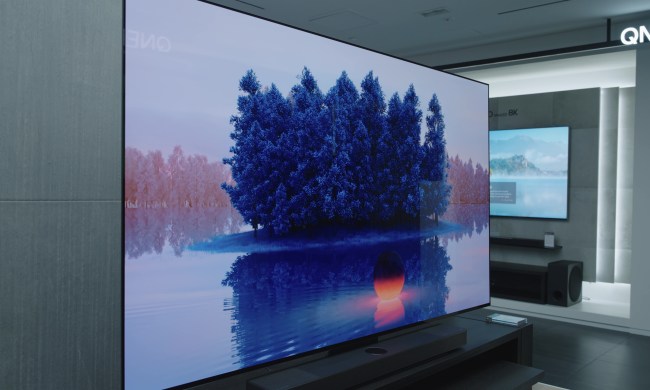Only days before CES 2022, LG Display, the company that manufactures the OLED panels used by Sony, LG Electronics, Vizio, and virtually every other OLED TV maker, has created a new OLED display that it calls OLED EX. The new panels incorporate deuterium into the manufacturing process, which LG Display claims can make them 30% brighter than the OLED panels used in current large-size TVs. The company plans to produce OLED EX panels at two of its OLED plants starting in the second quarter of 2022.
Deuterium is an isotope of hydrogen with twice the mass of a regular hydrogen atom, and LG Display is using deuterium compounds to improve the efficiency of its organic light-emitting diodes, which lets them emit a stronger light.

Though abundant in terms of sheer quantity, deuterium can be tricky to acquire as only one atom of deuterium is found in about 6,000 ordinary hydrogen atoms in seawater. But LG Display claims to have worked out how to extract deuterium from water and apply it to organic light-emitting devices.
The company has also created “personalized algorithms” for its OLED EX panels, based on machine learning technology, which it says can predict the usage amount of up to 33 million organic light-emitting diodes. This leads to more precise control of the display’s energy input. The algorithms and deuterium compounds combine to enhance the stability and efficiency of the organic light-emitting diode.
In addition to OLED EX displays offering better, brighter images, LG Display says that the new panels allow for even sleeker TV designs, with bezels as small as 4 millimeters. Previous generations of OLED panels required at least 6mm of bezel width.
In 2021, LG Electronics and Sony introduced OLED TV models that were considerably brighter than their previous generation of OLED TVs, bringing them within spitting distance of the kind of brightness that we’d normally only seen on QLED TV models from Samsung and Hisense. If LG Display’s OLED EX panels can get 30% brighter, it could mean that QLED is about to lose one of its last remaining advantages in its ongoing war with OLED.



